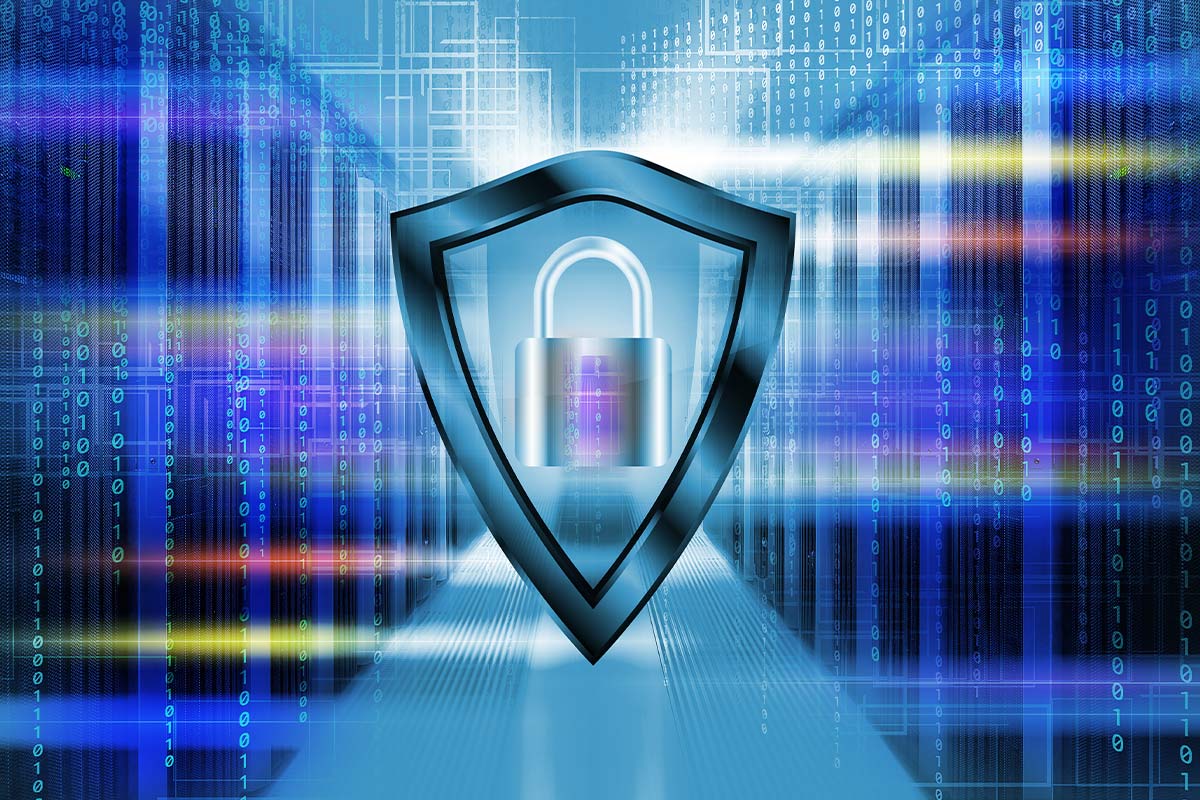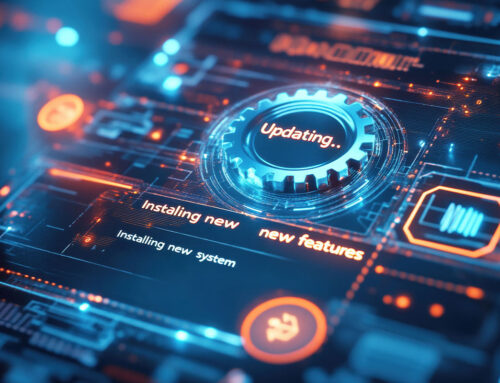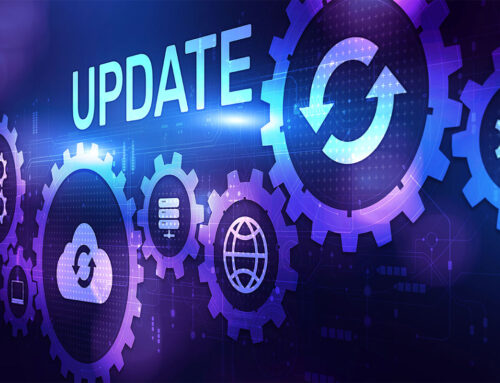As cyber breaches and ransomware attacks increase, companies are being forced to take a more comprehensive approach to risk and recovery. One part of the equation typically includes cyber liability insurance, which is designed to provide a general line of coverage for mitigating losses, or the costs associated from cyber incidents and their fallout.
Yet statistics show that coverage is proving increasingly expensive and difficult to obtain. According to an April report from Fitch Ratings, cyber statutory direct written premiums rose by 74% in 2021 to nearly $5 billion. The report notes that the increase is being driven by “heightened policyholder risk” and a greater demand for coverage.
In order to determine what coverage is necessary, cyber liability insurers calculate costs based on several key risk factors, including what industry the insured customer resides within, the sensitivity of data being covered, and the types of security measures and controls in place that aid in threat protection. Due to the proliferation of cybercrime, insurance companies are requiring a lot more from businesses to obtain and maintain coverage and to keep premiums at a reasonable cost.

Source: VMware GIRT 2022 Report Findings – Data on the number and types of attacks for the industry
The business case for unified endpoint management
Insurers typically have a specific set of criteria they score a business against when seeking or renewing coverage. This may include:
- Multi-factor authentication
- Privileged access management
- Endpoint detection and response
- Incident response
- Anti-malware detection
- Data-at-rest and data-in-transit protocol
- Patch management
- Data backup and restore
- Employee training and continuing education
- Email and web filtering/scanning
To help enhance your organization’s security posture and manage your cyber liability insurance coverage, a unified endpoint management (UEM) solution like VMware Workspace ONE can be a valuable tool, particularly in a work-from-anywhere environment.
Workspace ONE’s UEM technology provides for the standard aspects of Mobile Device Management (MDM) and Mobile App Management (MAM) including Unified Application Catalog. Workspace ONE integrates with virtual desktop application delivery via VMware Horizon on a common identity framework with Workspace ONE Assist to complete a full end-user-computing (EUC) suite that can leverage baselines as a key feature of enrollment, onboarding and compliance.
Additionally, its Zero Trust architecture and strong end-user level requirements can reduce the likelihood of threats impacting your infrastructure and data. Devices are enrolled, configured and managed, while guaranteeing the health and security of the device without impeding the ability to access corporate resources. Applications and services have the mechanisms to validate MFA and device status prior to and during access while ensuring identity management protocol are met. Least privilege access (LPA) limits users to the minimum required for a specific role, and data loss prevention (DLP) provides you with the ability to ensure that data leakage or extraction is detected and stopped.
If you’re considering applying for cyber liability insurance or you’re soon due for a renewal, now is the perfect time to discuss how VMware Workspace ONE and other solutions available through Tech Orchard can help you reduce costs while keeping your organization protected. Contact us to discuss your security posture today.





